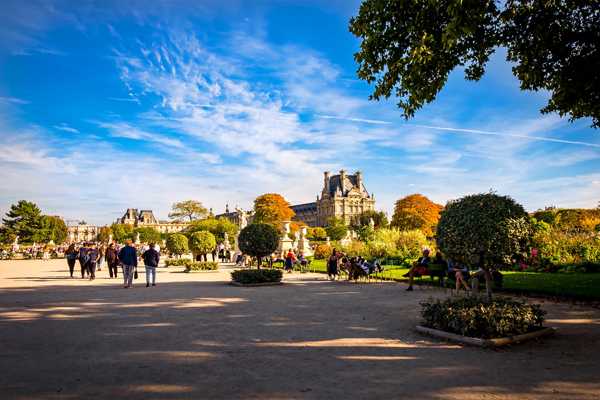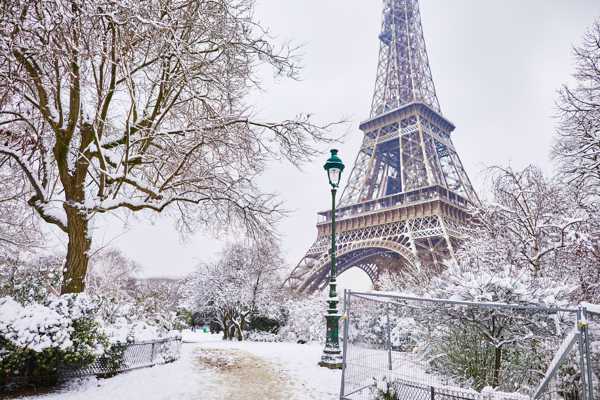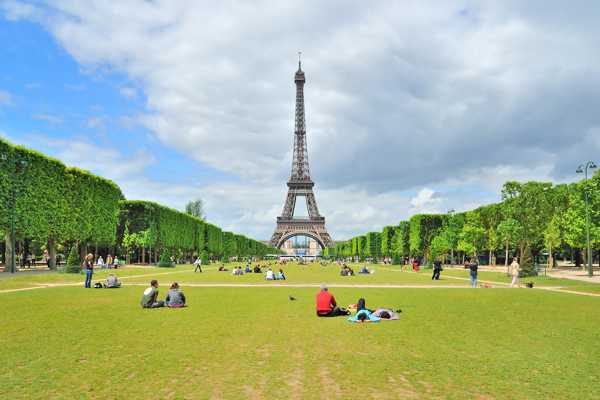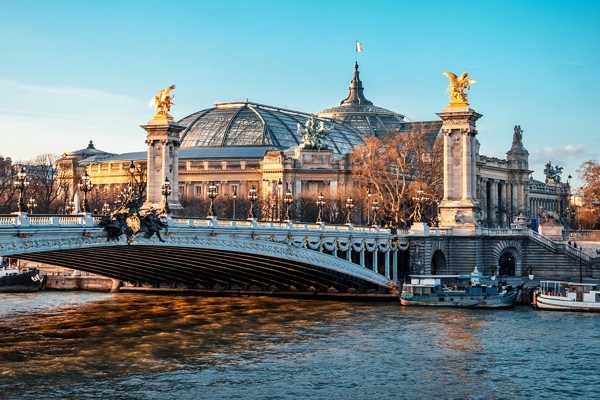It's such a famous city that people might think they know all the fun facts about Paris, right? Well, you might be surprised. Being such an ancient and important city, which has been at the heart of European history for centuries, Paris has more than a few quirky secrets and little-known details.
Whether you’re wondering about the capital’s etymology or would like to learn about its rich history, you’ve come to the right place. Check out these fun facts about Paris to prepare for your upcoming holiday.
What are some fun facts about Paris?
- 1
‘Paris’ is not the city’s original name

Many centuries ago when the first settlers in Paris were scrubbing their clothes on the muddy banks of the Seine, the city that would be founded on that spot was not referred to as Paris. Paris’s original name was Lutetia Parisiorum, or Lutèce in French, and the settlers there were Celts known as the Parisii.
It is commonly believed that Lutetia comes from the Latin word lutum, meaning 'mud' or 'swamp'. So the elegant, glittering city that we all know and love was most likely first known as the mud town of the Parisii.
- 2
Île de la Cité is the birthplace of Paris

Whether you’re wandering around admiring St. Chapelle and the Notre-Dame Cathedral or crossing Pont Neuf, take a look around and try to imagine what it must have been like in 53 BC when Julius Caesar and his Roman troops first joined the Celtic settlers living on the tiny island of Île de la Cité.
Instead of the beautiful stone Pont Neuf or Pont St. Michel connecting the island to the Right and Left Banks, there were 2 wooden bridges. To experience it for yourself, book a hotel located in the Île de la Cité.
- 3
Roman ruins still exist in Paris

For its first few centuries, roughly 53 BC to 212, A.D., Paris was a Roman city, complete with an aqueduct, public baths, stone fountains and an arena that seated over 10,000 blood-thirsty Gallo-Romans eager to watch Christians being slaughtered. A few remnants of this incredible time in history still exist.
The awe-inspiring Arènes de Lutèce, a crumbling stone amphitheatre in the 5th arrondissement, dates back to the 1st century and can still be explored today. You can also see parts of the public baths in the Musée de Cluny, and fragments of the old Roman city in the Archeological Crypt under the esplanade at the Cathedral of Notre Dame on the Île de la Cité.
相片由 Carole Raddato 提供 (CC BY-SA 2.0) (經修改)
- 4
Pont Neuf doesn’t mean 'Bridge Nine'

Speaking of the Île de la Cité, the lovely stone bridge that you cross to get there, the Pont Neuf, isn’t the ninth bridge in Paris. Despite its name, it has nothing to do with the number 9. Pont Neuf means 'New Bridge', so named by King Henry III, who ordered its construction in 1578. He named it 'New Bridge' because it had very modern features for its time.
It was the first bridge without houses built on it, the widest bridge in Paris for a time, and the first to have a pavement, which made it an ideal place to socialise. Today, it is the oldest existing bridge in Paris.
- 5
The Storming of Bastille was a symbolic act

One of the biggest holidays in France is Bastille Day on 14th July. Colourful fireworks illuminate the Eiffel Tower, armoured tanks trundle down the Champs-Elysees in a military parade and low-flying jet planes rip through the sky, spouting blue, white and red smoke in their wake. This is all to celebrate the storming of the prison Bastille in 1789 and the release of its prisoners. Bastille was known for holding political prisoners, especially those openly critical of the monarchy.
You can see the remains of Bastille by visiting the Square Henri-Galli and finding one of the ruined towers. Plan your visit ahead of Bastille Day and check out the hotels available in central Paris.
相片由 Yann Caradec 提供 (CC BY-SA 2.0) (經修改)


















